Reasons Patients Choose PRK Over LASIK
- Posted on: Aug 20 2021
 Photorefractive keratectomy (PRK) and laser-assisted in situ keratomileusis (LASIK) are both laser surgery techniques. While LASIK is the more popular and well-known option, not everyone is a candidate for LASIK. Even those meeting the criteria for LASIK may weigh the benefits of PRK before deciding to have LASIK. Dr. Gregory Pamel of Pamel Vision and Laser Group explains why for some patients, PRK is a better choice than LASIK.
Photorefractive keratectomy (PRK) and laser-assisted in situ keratomileusis (LASIK) are both laser surgery techniques. While LASIK is the more popular and well-known option, not everyone is a candidate for LASIK. Even those meeting the criteria for LASIK may weigh the benefits of PRK before deciding to have LASIK. Dr. Gregory Pamel of Pamel Vision and Laser Group explains why for some patients, PRK is a better choice than LASIK.
How They Work
Both LASIK and PRK can correct nearsightedness, farsightedness, astigmatism and less common vision disorders. The primary difference between the two procedures is that LASIK involves the creation of a hinged flap in the cornea, the clear layer in the front of the eye.
The cornea consists of the epithelium, or outer layer, and the stroma beneath. The former can regenerate itself over time, but the latter is permanent tissue with less ability to regenerate. The flap removes both the epithelium and the stroma prior to the laser reshaping the cornea. It is then placed back into the eye. Vision improves right away, with peak vision back within a few days.
PRK removes part of the epithelium but none of the stroma. It can take a few weeks before fully clear vision returns.
PRK vs. LASIK
Both PRK and LASIK are highly effective procedures. Both are considered safe, but there are fewer potential complications with PRK. That is because there is no corneal flap — the most common source of LASIK complications — with PRK.
However, it can take longer to heal from PRK. Patients may experience more discomfort. Visual acuity does not improve as quickly as with LASIK.
PRK Candidates
People with thin corneas are not LASIK candidates, but PRK is a possibility. Those with large pupils may find PRK the better option, and that is true as well for patients with irregular astigmatism. Even those with dry eye who want to improve their vision may prove eligible for PRK.
Athletes in contact sports may prefer PRK. Patients in physically demanding jobs may also choose PRK, because the nature of such sports and work increases the risk of flap complications.
As with either procedure, candidates must be at least 18 with a stable vision prescription for a minimum of one year.
Contact Us
If you would like more information about PRK and whether you are a candidate for the procedure, contact Pamel Vision and Laser Group and schedule a consultation with Dr. Gregory Pamel. He will explain the procedure in detail and answer any questions.
Posted in: PRK




